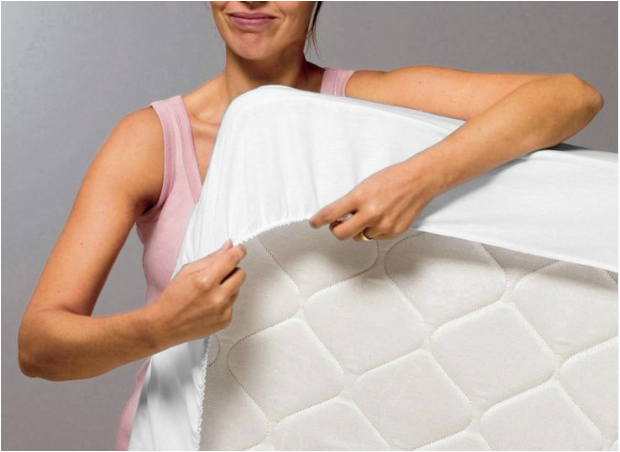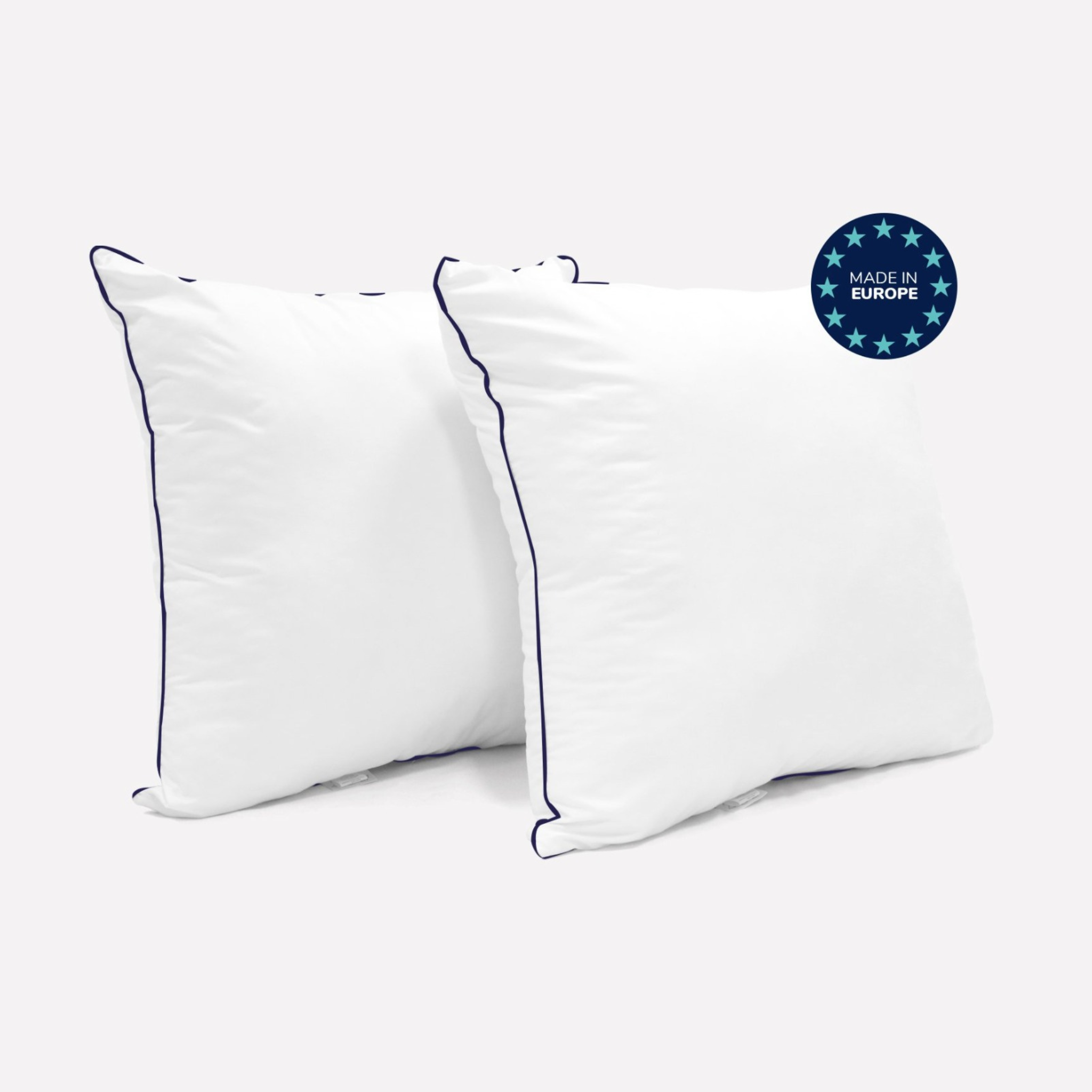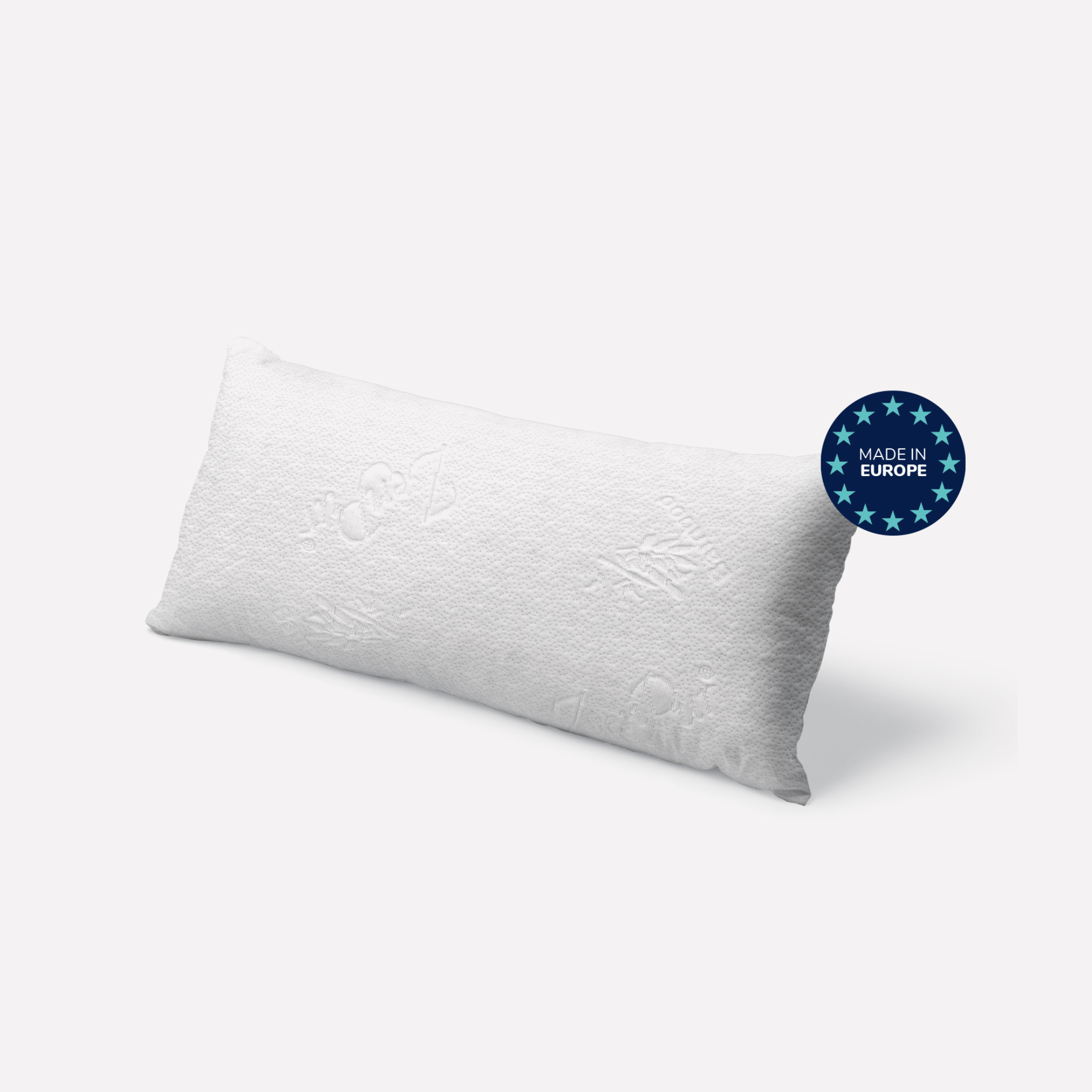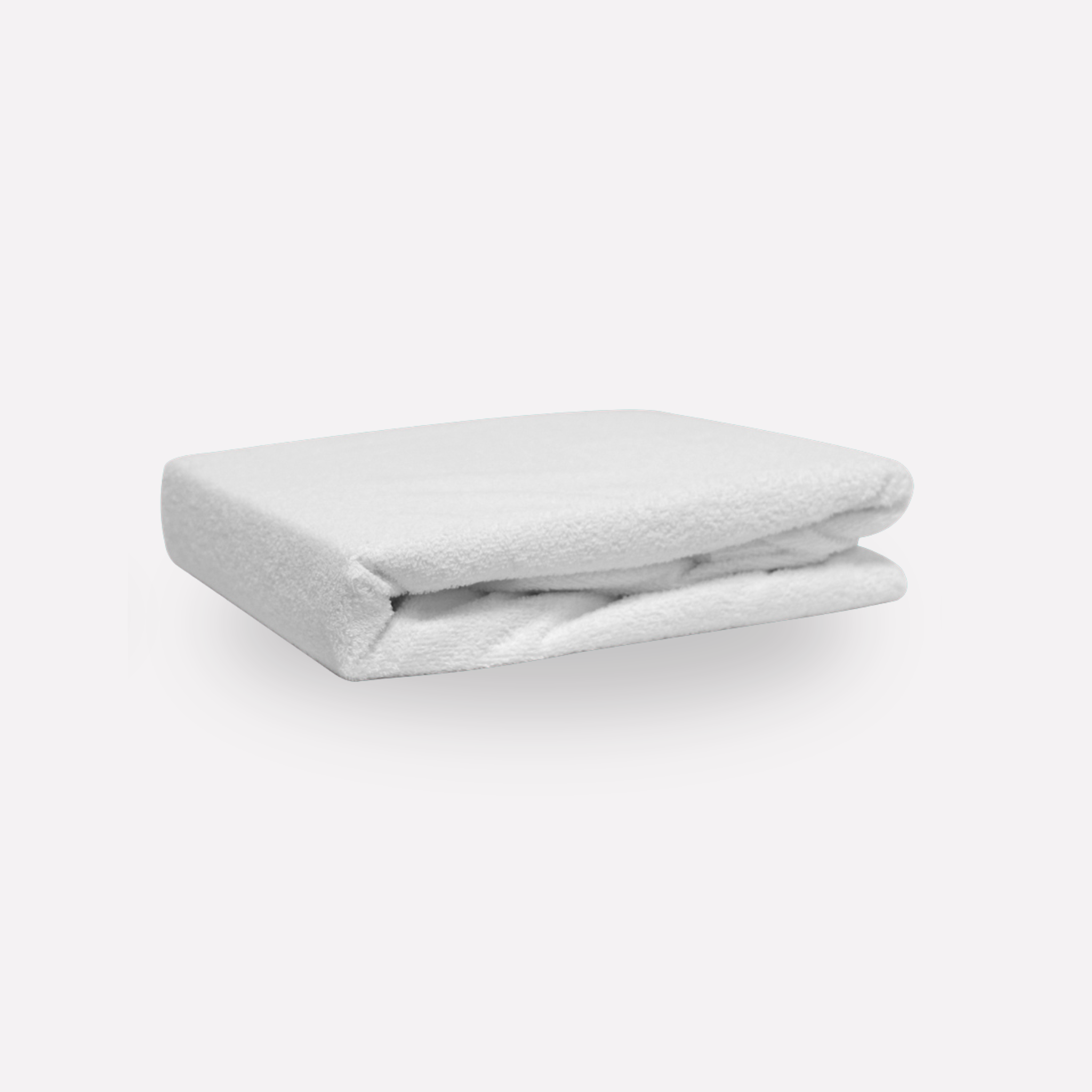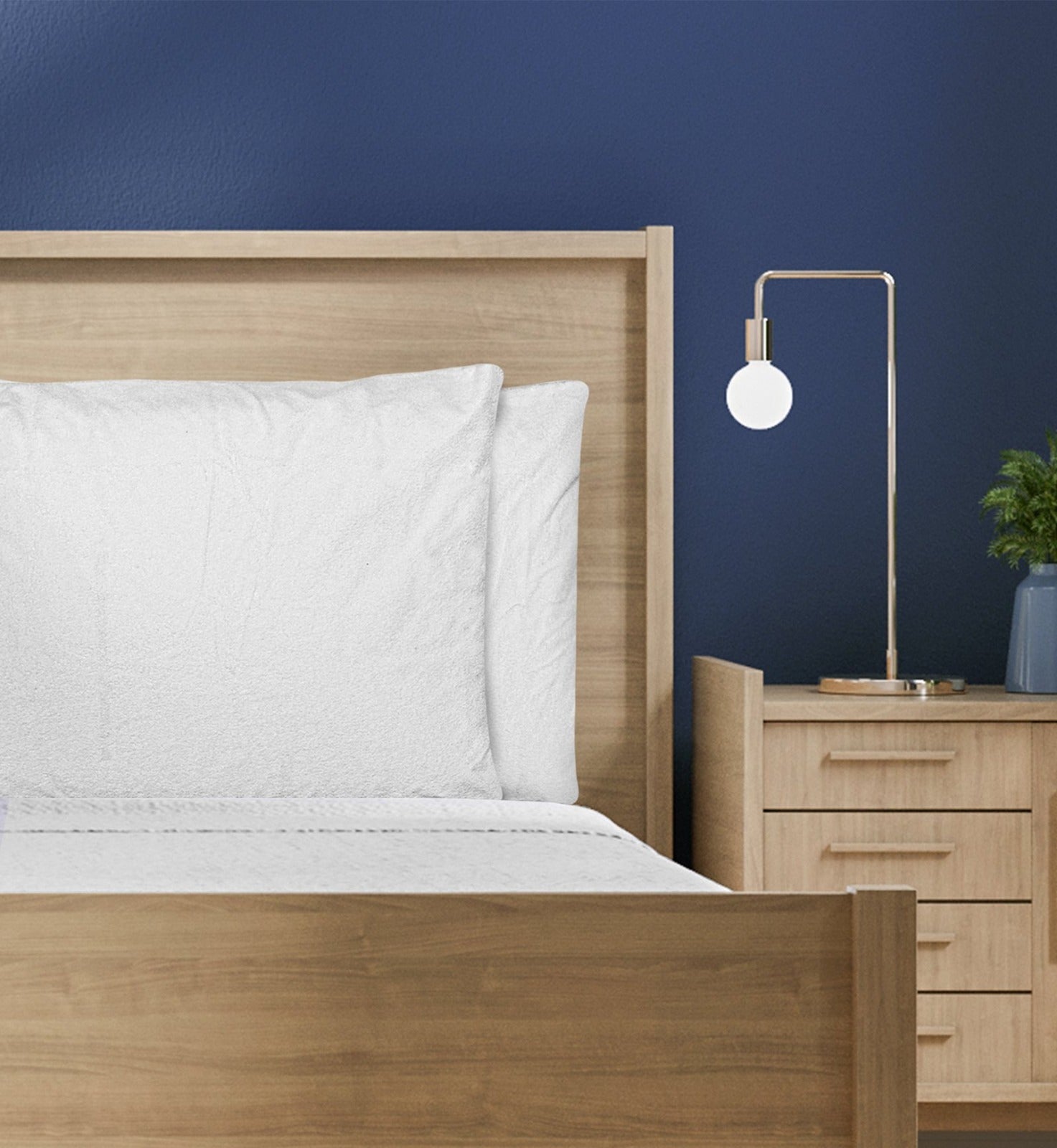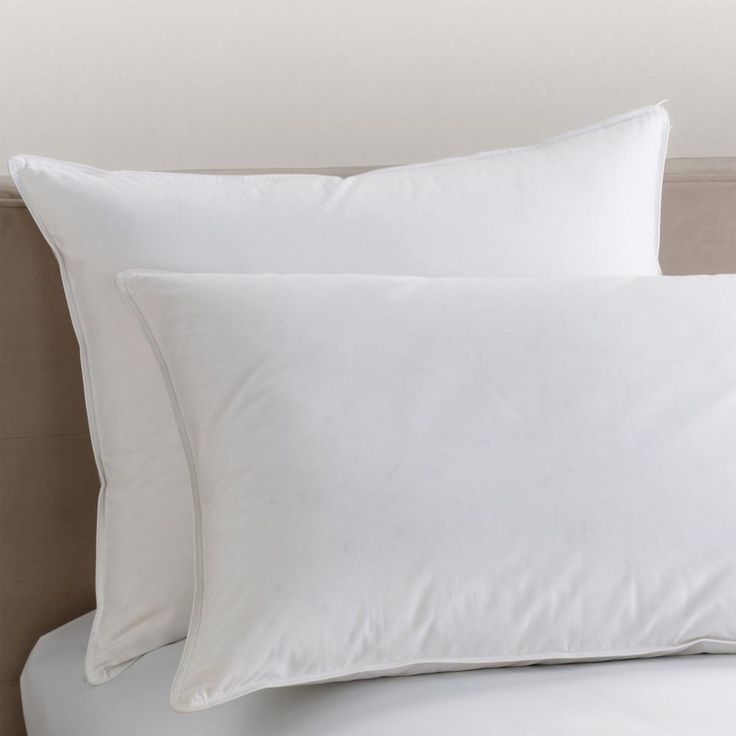
Square or rectangular pillow: which one to choose for better sleep?
The debate between square and rectangular pillows has divided sleepers for generations. While some countries traditionally favor one size over the other, modern sleep research provides objective evidence to guide your choice.
The advantages of the rectangular pillow
The rectangular pillow, typically measuring 40x60cm like the ZenPur model, offers several ergonomic advantages. Its elongated shape naturally follows the width of the shoulders, providing optimal support for the neck without unnecessarily cluttering the bed. A rectangular cervical pillow also helps maintain proper spinal alignment, which is especially important for side sleepers.
The square pillow: tradition and versatility
The square pillow (usually 60x60cm or 65x65cm) remains popular in some countries for its versatility. It can be used as a support for reading in bed and offers a larger resting surface. However, for sleeping, the rectangular memory foam pillow is generally preferred by sleep specialists because it prevents the shoulders from resting on the pillow, which can create neck tension.
The impact on sleep quality
Studies show that pillow shape directly influences the quality of rest. A rectangular pillow measuring 40x60x13cm offers the ideal ratio between support surface and bulk. This size allows for the use of standard 50x70cm pillowcases while still allowing enough room to move around during the night without losing cervical support.
The choice according to your sleeping habits
If you frequently change positions during the night, a rectangular pillow is better suited to these movements. For those who use multiple pillows, combining a rectangular pillow for neck support with a square pillow for comfort may be a solution. However, a quality rectangular ergonomic pillow with memory foam and a breathable bamboo cover is generally sufficient to ensure restful sleep.






